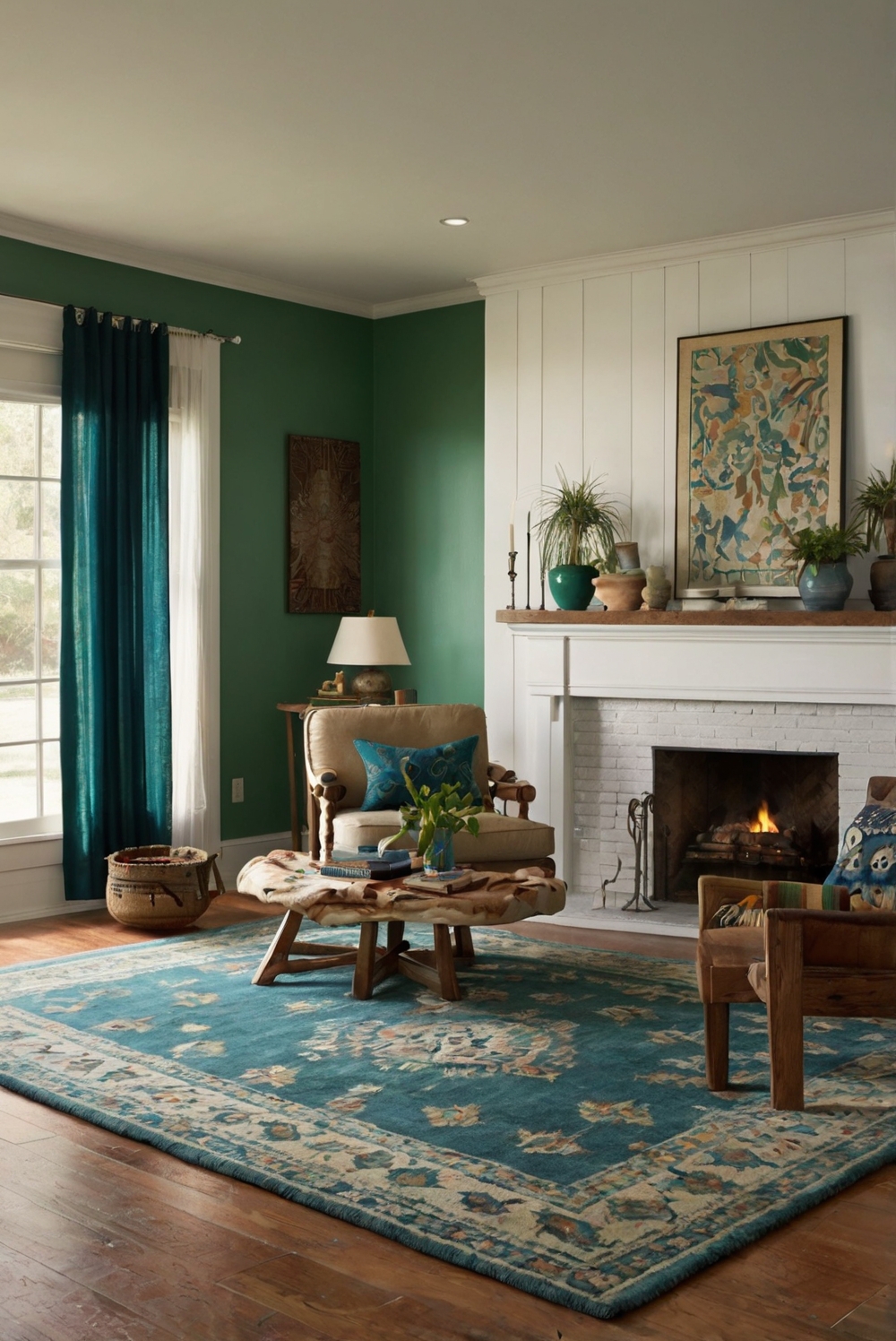Discover the many purposes a rug can serve in your room’s design, from adding warmth and texture to defining spaces and enhancing the overall aesthetic.
**
What purposes can a rug serve in a room’s design?
**
**A rug can serve multiple purposes in a room’s design:**
– **Enhancing Home Decorating:** Rugs can add texture, color, and pattern to complement the overall theme of the room.
– **Space Planning:** They define areas within a room, creating visual boundaries and directing traffic flow.
– **Comfort & Warmth:** Rugs provide a cozy feel underfoot, especially on hardwood or tile floors.
– **Noise Reduction:** They help in sound absorption, reducing echo and noise levels within a space.
By strategically placing rugs, you can elevate your home interior design, improve room functionality, and create a more comfortable living environment.
Ensure to choose the right sizes and designs that harmonize with your existing decor for optimal results.
What purposes can a rug serve in a room’s design?
Enhancing Aesthetics:
Rugs play a crucial role in enhancing the aesthetics of a room. They can add color, texture, and pattern to the space, creating a focal point that ties the room together. A well-chosen rug can complement the existing decor and furniture, adding visual interest and personality to the room.
Defining Spaces:
Rugs can help define different areas within a room. By placing a rug under a dining table or in a seating area, you can visually separate that space from the rest of the room. This can create a sense of organization and structure, making the room feel more cohesive and functional.
Providing Comfort:
One of the primary purposes of a rug is to provide comfort underfoot. A soft, plush rug can make a room feel cozy and inviting, especially in spaces where people like to sit or walk barefoot. Rugs can also help insulate the floor, making the room warmer and more comfortable, especially in colder climates.
Adding Personality:
In addition to enhancing the aesthetics of a room, rugs can also add personality and character to the space. Whether you prefer a bold, colorful rug that makes a statement or a subtle, neutral rug that complements the existing decor, the rug you choose can reflect your personal style and taste.
Improving Acoustics:
Rugs can also help improve the acoustics of a room by absorbing sound and reducing echo. In rooms with hard surfaces like tile or wood floors, rugs can help dampen noise and create a more peaceful and quiet environment. This is especially beneficial in rooms where you want to reduce noise levels, such as bedrooms or home offices.
In conclusion, rugs serve multiple purposes in a room’s design, from enhancing aesthetics and defining spaces to providing comfort and adding personality. By choosing the right rug for your space, you can transform the look and feel of a room while also improving its functionality and comfort. Whether you prioritize style, comfort, or practicality, a well-chosen rug can make a significant impact on the overall design and atmosphere of a room.

